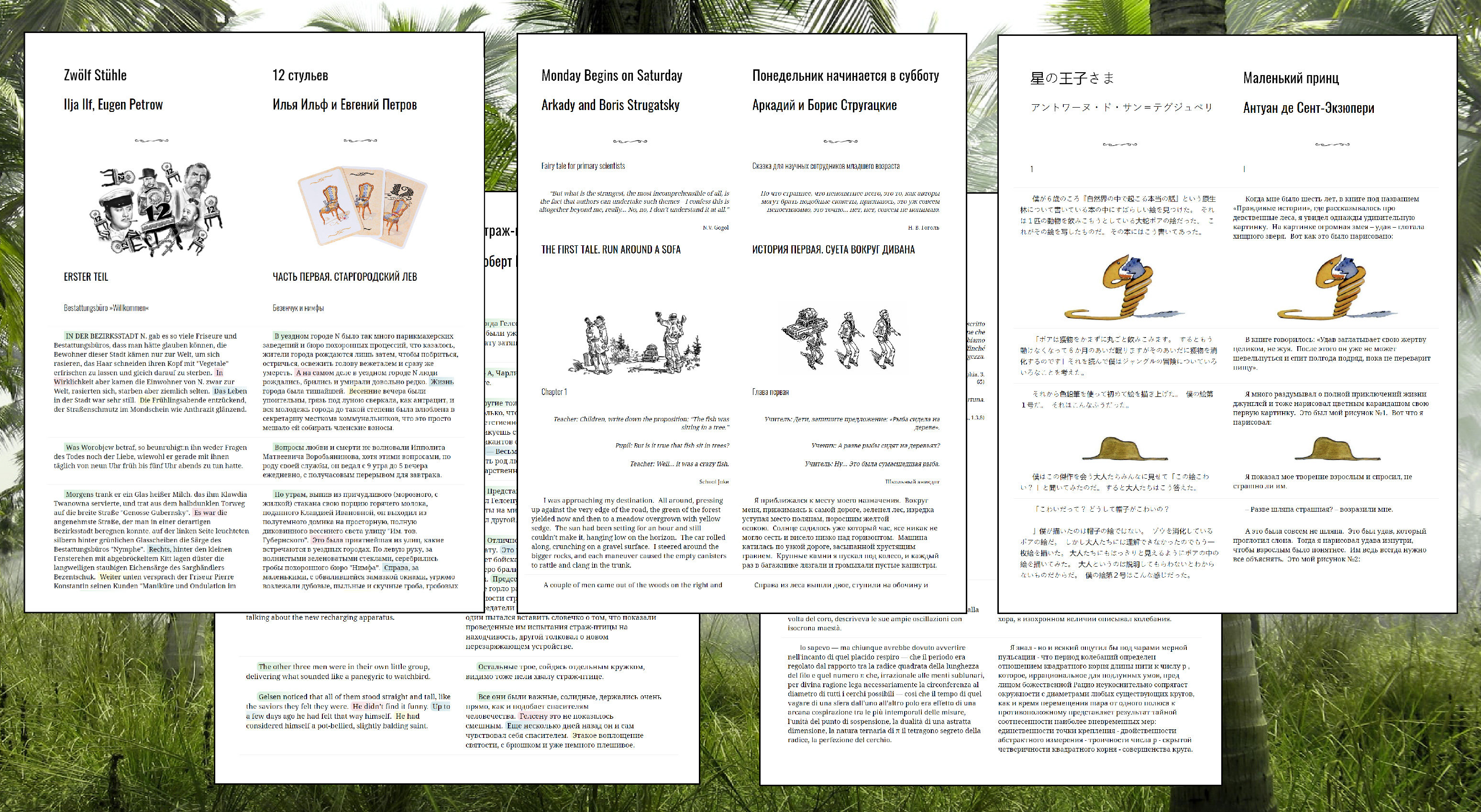Trace Compass with GZip
Trace Compass is an open-source application performance analysis framework. It is designed to visualize and analyze traces, which are recordings of events that occur in a software system during its execution. Trace Compass is particularly useful for understanding the behavior, performance, and interactions within complex software systems.
Key features of Trace Compass include:
Trace Visualization: It provides a graphical representation of traces, allowing users to visualize the sequence and timing of events in a system.
Analysis Tools: Trace Compass offers various analysis tools and modules for different types of traces, helping users identify performance bottlenecks, errors, and other issues.
Support for Multiple Trace Formats: It supports a wide range of trace formats from different sources, making it versatile for analyzing traces generated by various software components.
Customizable Views: Users can customize the views and analyses based on their specific needs, allowing for a more tailored and effective analysis process.
Integration with Eclipse: Trace Compass is often integrated with the Eclipse IDE, providing developers with a seamless environment for analyzing and debugging their applications.
Overall, Trace Compass is a valuable tool for developers, system administrators, and performance analysts to gain insights into the runtime behavior of software systems and optimize their performance.









 Now user visits the page and checks out the effect. It’s cool and pleasant small feature, it catches, then user discusses it with colleagues or friends and even repeats the feature. It could be this easy, if not:
Now user visits the page and checks out the effect. It’s cool and pleasant small feature, it catches, then user discusses it with colleagues or friends and even repeats the feature. It could be this easy, if not: 







